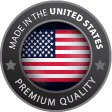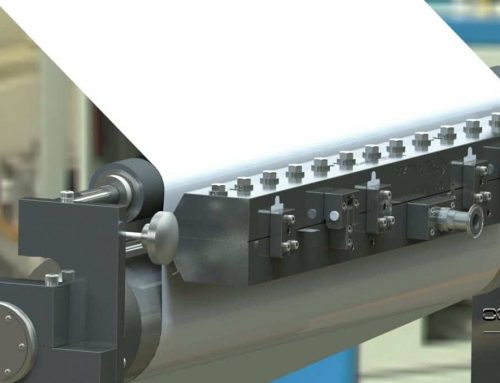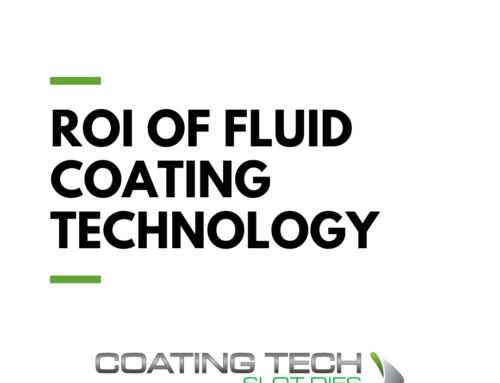In many recent discussions in the converting industry, I have found myself trying to explain fluid coating technology to people who are familiar with extrusion technology. The resulting conversation feels like an excerpt from Men are from Mars/Women are from Venus!
The control of a turbulent fluid coating onto a substrate requires a different knowledge base than laminar polymer flow regimes. That is why those who play in one world have difficulty playing in the other. The laminar world is more understood, while the turbulent world has many mathematically unsolved and chaotic challenges.
In the laminar world of polymer extrusion, two or more polymers can flow through the same cavity and maintain a distinct layer. The advantages of this phenomenon can be seen in multilayer packaging films that have a printable polymer on one side and an oxygen barrier that can contact food on the other. As long as the geometry of the mold or die is defined, the layers will maintain the shape of that definition (i.e., a rectangular extrusion die will create a flat rectangular sheet with distinct layers).
In the turbulent world of fluid coating, two or more fluids tend to mix on impact, creating a blend of the fluids. So, unlike typical multilayer packaging film, a multilayer fluid coating will end up as a mixture of the fluids introduced together and not as distinct layers. One exception to the typical mixture coating is photographic film. When photographic film is produced, the chemistry, surface energy, and viscosity of the individual layers are controlled to maintain distinct thicknesses and separation.
Now that you can grasp the fluid flow versus extrusion difference, what can be done to keep fluids separate? Outside of a multipass coating operation with multiple curing stations, there are some chemical and physical factors that need to be considered.
- Flow regime (Reynolds number) | In addition to an irregular flow, turbulent fluids tend to rotate in a path creating eddies and vortices. To reduce turbulence in fluid flow and relax the fluid, low stress environments in the fluid path with less constriction is required. Look for large cross sectional areas in the flow path. A dimensionless Reynolds number of less than 2040 in Poiseuille flow will keep the fluid from turbulent flow.
- Energy | To reduce turbulence, reduce or eliminate energy into the fluid flow system. Again to reduce the Reynolds number, velocity of the fluid needs to be reduced. Think of a hose at steady state versus full blast. This reduction in energy will not only reduce turbulence but decrease the diffusion of one fluid into another.
- Steady State | Variations in velocity is the harbinger of turbulent flow. Flow is defined and controlled through velocity and pressure of the fluid in the system. Consistency is key.
- Viscosity | Viscosity is inversely proportional to Reynolds number. So to keep the Reynolds number low, viscosity needs to increase. The interaction of viscosity between fluids also plays an important role in the flow of two or more fluids onto a substrate.
While we still all remain on planet Earth, it is true that the polymer extrusion world is a laminar world, while the fluid coating world is a turbulent world. While there are chemical compositions that straddle both, the technology and business of the two technologies do require a different train of thought to process successfully.










